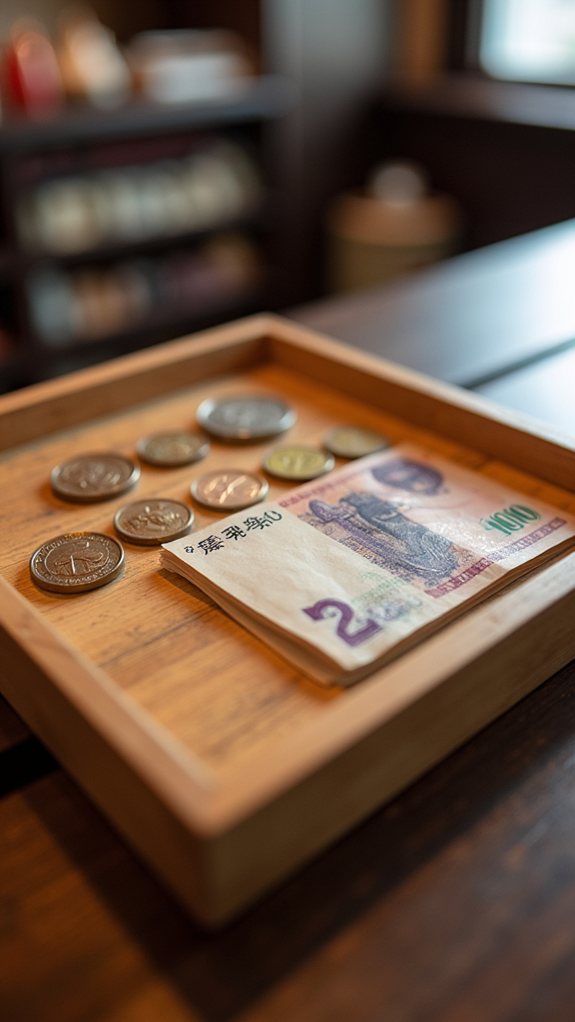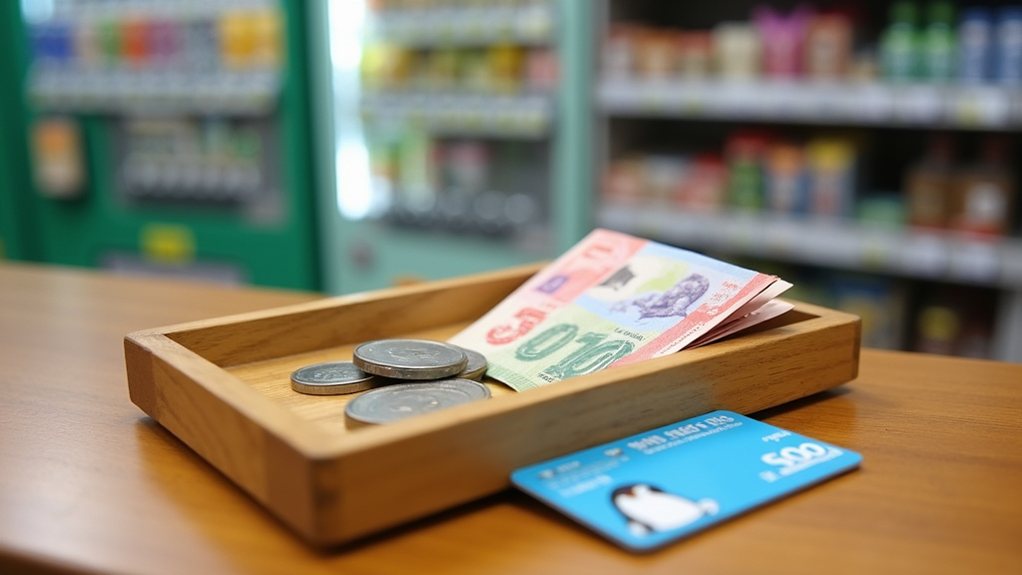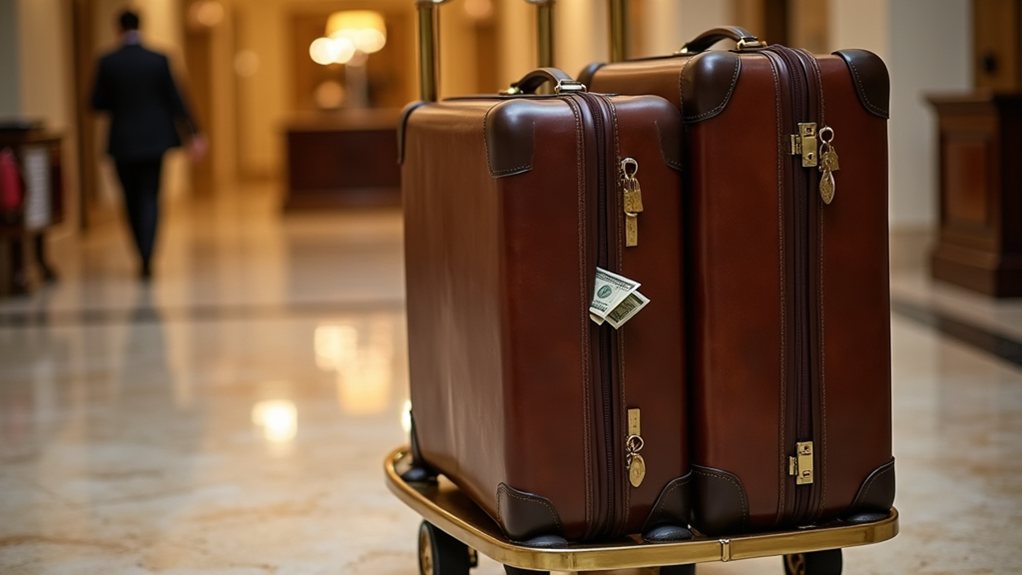When tourists step into Japan’s retail landscape, they’re entering a world where money exchanges aren’t just transactions—they’re expressions of respect. Shop owners and clerks expect customers to handle payments with precision, placing coins and bills neatly on small trays rather than directly into waiting hands. It’s not merely about convenience; it’s about honoring centuries-old traditions of order and consideration. Those who fumble with large notes for small purchases might find themselves on the receiving end of subtle disapproval, a cultural misstep that reveals their outsider status.
Cash Culture: Navigating Japan’s Money Etiquette

While travelers might assume that Japan’s technological prowess extends to all aspects of daily life, they’re often surprised to uncover that the Land of the Rising Sun remains steadfastly devoted to cash transactions. From corner ramen shops to department stores, Japanese society has maintained its preference for physical yen, creating potential pitfalls for unprepared tourists accustomed to the swipe-and-go mentality prevalent in their home countries.
Despite its technological reputation, Japan remains a cash-first society, often catching card-dependent tourists unprepared.
The nuances of Japanese financial etiquette extend beyond simply having cash on hand. Precise, accurate payment is considered a form of respect in Japanese culture. When tourists fumble with large bills for small purchases or hand money directly rather than placing it on the small trays (called “kozara”) provided at registers, they’re unknowingly committing cultural faux pas that can leave a negative impression.
One particularly troublesome scenario occurs when visitors offer handfuls of small coins to service workers. This practice, while seemingly practical in Western countries, can be interpreted as disrespectful in Japan, where transaction efficiency and precision are highly valued. Instead of creating goodwill, tourists might inadvertently insult taxi drivers or shopkeepers by not presenting appropriate denominations. Many vending machines throughout Japan only accept specific coins or small bills, making proper currency management essential for travelers.
Despite Japan’s cash-centric approach, visitors can navigate these cultural expectations with preparation. Prepaid SUICA or Passmo cards provide seamless transit options while eliminating the need for exact change on buses and trains. Convenience store ATMs offer 24/7 cash withdrawal, ensuring tourists can maintain an adequate supply of different bill denominations. Many travelers should note that ¥10,000 bills are widely accepted at most shops, though smaller establishments in rural areas may have limited change available. Solo female travelers particularly benefit from keeping a well-organized money pouch hidden under clothing for both security and quick access to appropriate denominations.
The absence of tipping culture further complicates matters for international visitors. Attempts to leave extra money as gratuity can cause confusion or even offense, as service charges are typically built into prices. The Japanese approach transactions with formality and respect, viewing the exchange of money as a serious interaction rather than a casual handoff. It’s customary to use both hands when giving or receiving money to demonstrate respect during financial transactions.
For travelers seeking an authentic Japanese experience, adapting to these monetary customs represents more than mere convenience—it demonstrates cultural awareness and respect. By preparing exact change and handling money according to local customs, tourists can seamlessly integrate into daily Japanese life while avoiding unintended social blunders.







